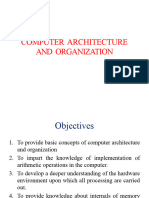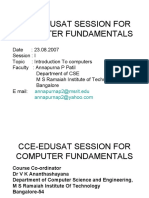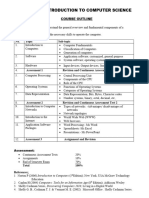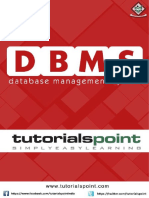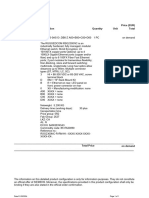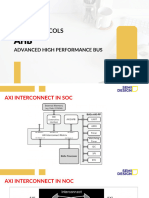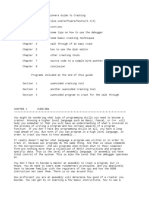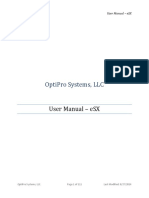0% found this document useful (0 votes)
20 views22 pagesCH0 Introduction
This document provides an introduction and syllabus for a course on computer science. It outlines the instructor, class times and locations, grading policy, textbooks, and topics to be covered over the semester. The topics include data storage, data manipulation, operating systems, networking, algorithms, and data abstractions. It also provides a brief 3-sentence introduction to computers, defining them as digital electronic machines that can be programmed to carry out sequences of operations automatically according to a program. A brief history of algorithms and computing is also presented.
Uploaded by
Nikko SzetoCopyright
© © All Rights Reserved
We take content rights seriously. If you suspect this is your content, claim it here.
Available Formats
Download as PDF, TXT or read online on Scribd
0% found this document useful (0 votes)
20 views22 pagesCH0 Introduction
This document provides an introduction and syllabus for a course on computer science. It outlines the instructor, class times and locations, grading policy, textbooks, and topics to be covered over the semester. The topics include data storage, data manipulation, operating systems, networking, algorithms, and data abstractions. It also provides a brief 3-sentence introduction to computers, defining them as digital electronic machines that can be programmed to carry out sequences of operations automatically according to a program. A brief history of algorithms and computing is also presented.
Uploaded by
Nikko SzetoCopyright
© © All Rights Reserved
We take content rights seriously. If you suspect this is your content, claim it here.
Available Formats
Download as PDF, TXT or read online on Scribd
/ 22










































